Re: [pocbase] Tough Way to Get the "E" from 1920 . . .
On this being fake, or mis-represented: The clip description does say "from" the 1920s not made in the year 1920. And as early as 1911 there's already several Newsreel companies like, Pathe, Movietone, and Paramount. And the sound era began in 1926. Also he only hit the cliff once. The second impact in the film is really the first impact but shot from below. And in none of the shots do I see the camera moving.
It's a good thing you guys weren't doing photo interpretation during the Cuban missile crisis, or it would have been, "Faked, Bullshit, Shopped!"
On how he didn’t get hurt too badly, or at least not so badly he was still moving and waving at the end, go out and slam a wall with square and then do it again with a round and tell me which impact was harder? On this particular jump he was very lucky not to have hit the cliff on the initial pendulum right after launch as that one would have hurt.
But there is another more interesting aspect to this film. Some of you have read my stuff about the steeplejack in New York City who jumped the Statue of Liberty, the Brooklyn Bridge, and a Wall Street building in 1912. And yes there is newsreel footage of that too. For those who don't know - Fredrick Law was looking for publicity for his ailing business and since he was comfortable with heights and rigging he decided these parachutes jumps would get him the attention he wanted. And it worked. The New York Times ran his stories for days at a time and Law became the father of all future glory hounds.
But something else he did was come damn close to jumping all four objects way back in 1912. If we allow the Statue of Liberty to be considered a tower (he did jump from the torch part, and the statue is basically a metal tower clad in copper) then to complete BASE all he needed was a cliff jump. After his three New York jumps Law realized, after one of the newsreel companies paid him $1500 to film his Brooklyn Bridge jump, he should say screw the steeplejack business altogether and go into show business. So he moved out west, to Hollywood, and become one of the first, if not the very first, Hollywood stuntman.
Now over the years we’ve all seen more than a few of these very early parachute jumps from what appears to be California beach bluffs. There's this one, there's the one where the guy rides the motorcycle off the cliff, and there are others I've heard or read about. Law already knew the value of stock footage as the newsreel company that shot his Brooklyn Bridge jump later sold the film clip to Hollywood and it appeared in an early Mary Pickford movie. And they sold it for a lot more than they paid Law.
So I've wondered, and kind of hoped, I could prove Law, then on west coast, made one of these early cliff jumps. And if he did it would indeed technically make him BASE number one. And, in that case, all of us BASE number holders would need to move up by one number.
Sometimes we celebrate certain people in BASE jumping for the wrong reasons. We especially apply the term "pioneer" too easily. For instance Carl Boenish wasn't so much a pioneer as he was a visionary. There were plenty of fixed object parachute jumps made before Carl's time. But Carl saw where fixed object jumping could go and what it could become. Some people call anyone who BASE jumped in the 1980s a pioneer, but I think Law was a true pioneer and maybe our true patron saint, as he came closest so long ago to the types of jumps we are doing today.
NickD

BASE 194 (or 195)
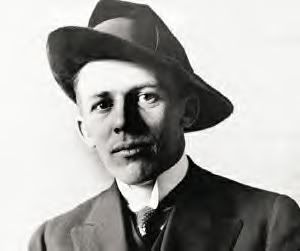
This is Fredrick Law in the 1912. A dapper fellow, eh . . .


Is this the same guy getting ready to ride this motorcycle off a cliff? In this film the guy gets line stretch on impact but there's no proof he died. And in fact Law did die of old age.

















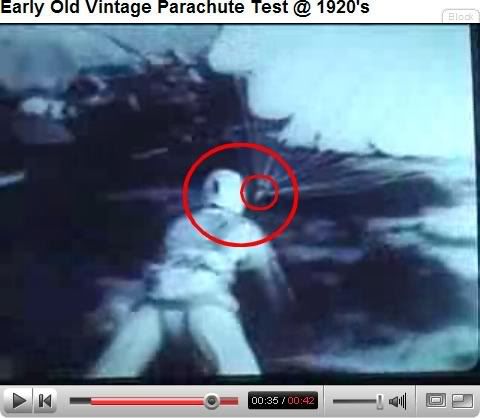
 <<
<< 
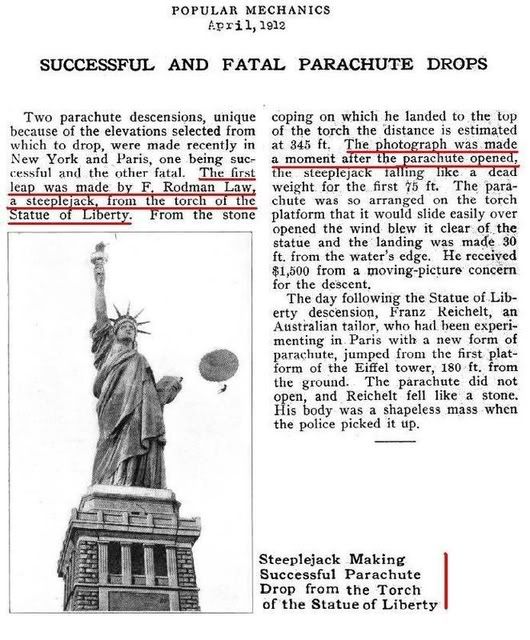
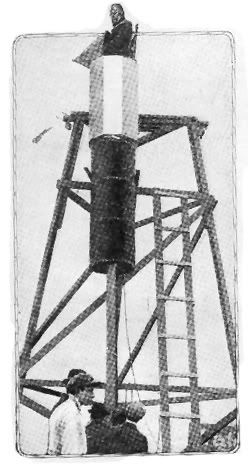
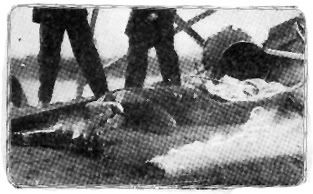
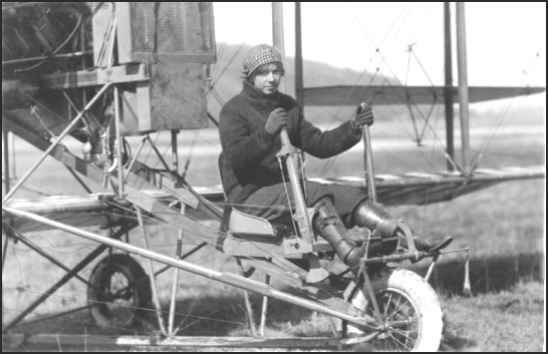
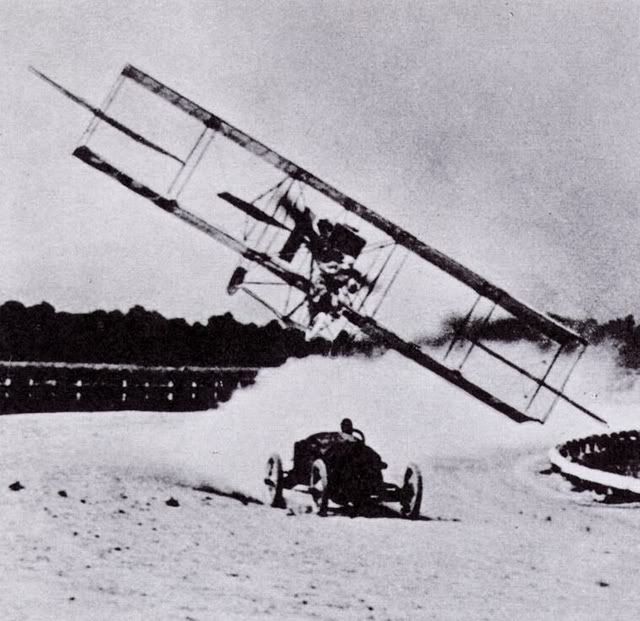


 , so he pm`d me and asked me to remove my post from his thread... so i did it..(do i smell grumpy old man here?)
, so he pm`d me and asked me to remove my post from his thread... so i did it..(do i smell grumpy old man here?)







 .........it happens to me and happens to many other persons in forums like this..all you have to do is add some rainy days with nothing to do than surfing around the web
.........it happens to me and happens to many other persons in forums like this..all you have to do is add some rainy days with nothing to do than surfing around the web 
